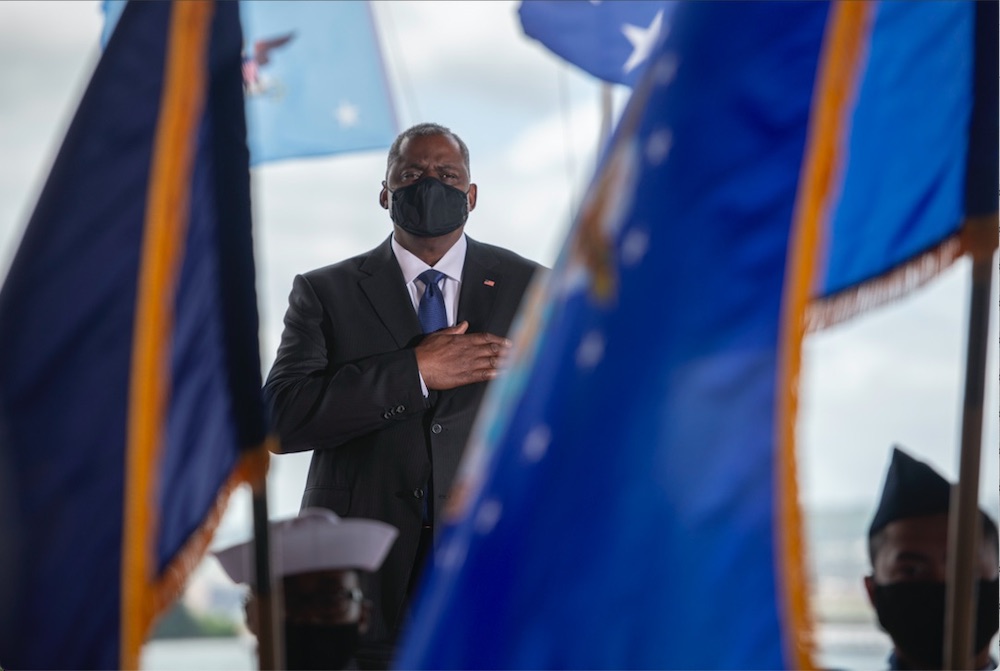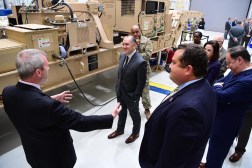Secretary of Defense Austin approves JADC2 strategy

U.S. Secretary of Defense Lloyd Austin has signed off on one of the biggest changes to how the military will fight future wars, approving the Joint All Domain Command and Control (JADC2) strategy that aims to fast-track the use of artificial intelligence and data sharing on the battlefield.
The strategy defines how the military services will approach connecting sensors in the air, land, sea, space and cyberspace and use a networked approach to operations. Secretary Lloyd Austin signing the JADC2 strategy marks the beginning of implementing much of the nascent work the military has started, from testing new technologies and developing new concept of operations to use them.
“We have been given the clear signal to begin,” Lt. Gen. Dennis Crall, chief information officer for the Joint Staff and director of the J-6, which oversees all of the military’s command and control networks, said. “It’s outcome delivery time.”
JADC2 is intended to give the U.S. a greater military advantage by allowing for data sharing through a global, resilient network. Advocates of the new concept say that if a fighter jet can automatically share data with a soldier on the ground, the two units can coordinate more easily.
Within the JADC2 framework, each military service has its own project. The Army has Project Convergence and the Air Force has the Advanced Battle Management System (ABMS). Both are focused on implementing the JADC2 framework, but with their own focuses on areas on things like increasing the precision of ground munitions for Project Convergence, and in-flight data sharing for ABMS. The Navy also has Project Overmatch, focused on building seafaring networks.
One of the critical points of the new strategy is coordinating the disparate efforts across the military into one interoperable framework of technology and operations. The strategy relies on a cross functional team (CTF) that has members from the across the department that can coordinate between services that often do not like working with each other.
“The CTF, that is the widest table setting you can imagine to get after these problems,” Crall told reporters Friday. He added, “we have had pieces of this in the past, we have never had this compressively put together.”
Crall added that the DOD need an enterprise cloud solution for work on JADC2 to continue past experimentation, whether that is the Joint Enterprise Defense Infrastructure (JEDI) or some other contract. JEDI continues to be stuck in legal limbo, with continued protests from Amazon Web Services over the two-time award to Microsoft Azure.
“Where I am at today…I am able to take advantage of that multi-cloud provision,” he said, referring to the DOD’s current cloud offerings. “I think the real question is…how long can you do that?”
Security for any joined-up data sharing system remains a principal concern, and Crall highlighted the need for the DOD to improve identity, credentialing and access management (ICAM) on JADC2 networks.
“If we don’t have a real ICAM solution it will be impossible,” he said.






